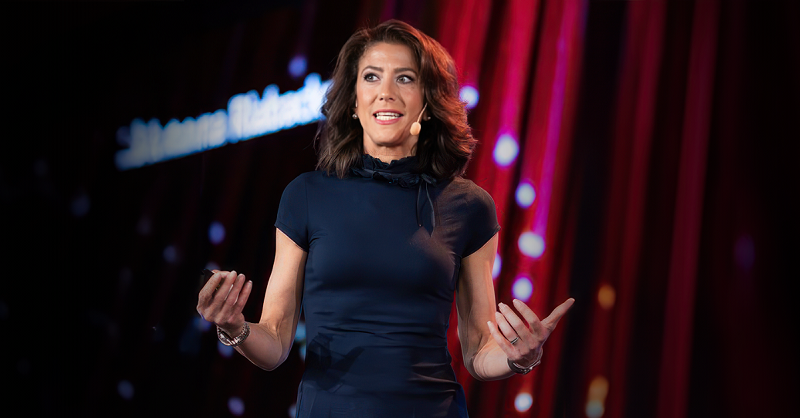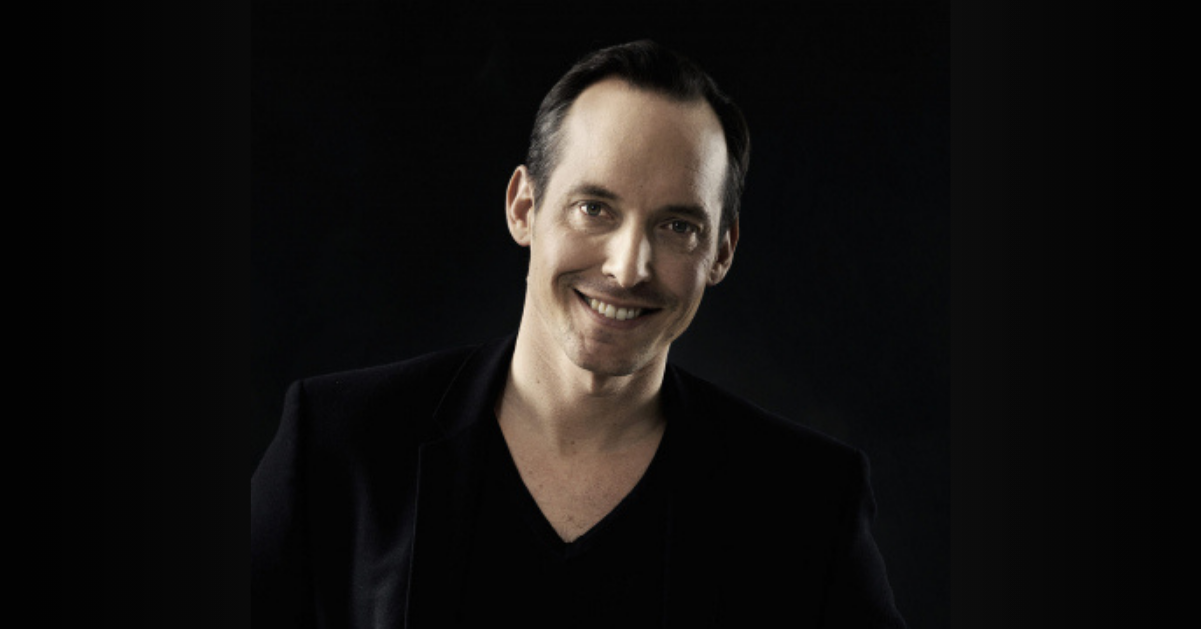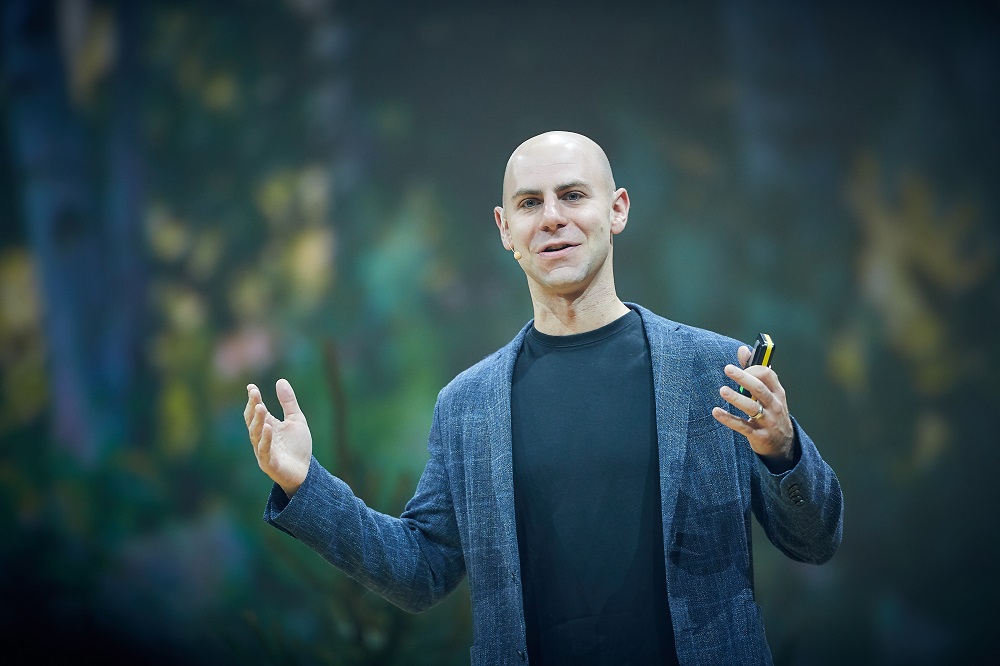IBM is synonymous with technological innovation. Under the stewardship of Ginni Rometty, the organization faced a period of profound transformation. She steered the organization through the complexities of shifting towards cloud computing and artificial intelligence, a mission that demanded vision and resilience.
In our exclusive interview with IBM’s former Chairman, President, and CEO, we delve into her experiences at the helm of this tech giant, exploring the realities of leading a legacy company through rapid disruption and the lessons she gleaned from her time there. She offers insights to business leaders navigating today’s ever-evolving landscape.
Ginni offers these key insights to the modern business leader:
1. Embrace Discomfort to Achieve Growth
“Growth and comfort don’t coexist.”
At every level – individuals, companies, countries – change is uncomfortable. Rometty stressed the necessity of reframing risk, noting that risk can lead to growth despite how uncomfortable it can be. She explained that the discomfort of being in a new challenge is often temporary, and that thought gives her the courage to take bigger risks.
Rometty’s advice for business leaders who want to grow:
- Actively seek out new challenges and opportunities.
- Reframe your perception of risk; see it as a path to growth.
- Cultivate a mindset that views discomfort as temporary and a catalyst for improvement.
2. AI to Augment, Not Replace
“For AI, particularly Gen AI, to be successful, you’re going to have to live at the intersection of the business and technology.”
On AI deployment, Rometty noted that leaders must live at the ‘intersection of business and technology’ to be successful. Paramount to this is trust. The goal should be using AI to augment and improve the human workforce.
To achieve this, Rometty stressed that leaders must prioritize transparency in AI systems to build trust among users – noting that people often have less tolerance for error when it comes to technology.
“If I’ve ever met a technology that you have to learn by experience, it’s this one.”
Rometty said leaders should encourage employees to engage with AI technology through hands-on experience by adopting a co-creation approach involving diverse teams and prompting experimentation with the technology. She cautioned against just adding AI to existing workflows. Instead, she advised leaders to look at how they can make the most of AI solutions for their specific challenges.
Rometty encouraged business leaders implementing AI to:
- Prioritize transparency in AI deployments.
- Encourage employees to engage with AI technology through hands-on experience and create diverse teams to develop AI solutions.
- Rethink processes to maximize the potential of AI solutions.
3. Focus on How People Work, Not Just What They Build
“People are a reflection of the processes and all the things leaders put around them.”
During a transformation, the most critical aspect is how people do their work, not just what they create. Rometty explained that people’s work reflects the processes and systems in place. Leaders must ensure that these processes facilitate efficiency and productivity and adopt agile work practices to drive change and serve as role models for the organization.
Rometty urged leaders to:
- Pay close attention to the processes and systems that shape how people work.
- Adopt agile work practices to drive change
- Be an agent of change and role model in the organization.
4. Risk-Based AI Regulation is Key
When it comes to AI regulations, Rometty opined that a risk-based approach is appropriate, with more stringent regulation for high-risk applications like healthcare and finance, and less for lower-risk applications. Referencing the EU AI Act, she said Europe has the right answer here with its ‘precision regulation’.
Internally, she stressed that companies should self-govern based on potential financial liabilities. She explained that if leaders were to be held financially responsible for a decision made as a company, there would be better self-governance.
“In other words, if you’re going to use this technology and you’ll be held financially responsible if it’s wrong, I guarantee you’ll put it in the right places.”
Rometty’s advice for business leaders worried about the risk in AI is to:
- Support and adopt risk-based regulatory frameworks for AI.
- Implement internal governance practices that align with potential financial liabilities.
5. Believe There Is Always a Way Forward
“The role of a leader is to paint reality but give hope.”
On the subject of leadership, Rometty noted that one of the most important qualities a leader can possess is the belief that there is always a solution, no matter how challenging the circumstances. Leaders should cultivate a resilient mindset that is solution-oriented, drawing from past experiences to overcome adversity. They should remember to speak to people’s heads and hearts during tough times to give them hope while being honest about the reality of the challenge ahead.
Rometty encouraged leaders to:
- Cultivate a resilient mindset.
- Learn how to communicate with logic and empathy during difficult times.
6. Prioritize Learning from Setbacks
“The only regret you should have is not learning from something.”
Following that, Rometty also emphasized the importance of learning from setbacks. Acknowledging that difficult decisions are a necessary part of leadership – such as layoffs and shutdowns – she said that leaders must have the fortitude to make difficult decisions for the long-term benefit of the organization.
She added that during her time with IBM, they had to shrink before they could grow. In a world demanding growth, she started selling businesses and shrinking. However, she had to have the strength to stick with that difficult decision so that they could invest in the future.
Rometty stressed that leaders should:
- View setbacks as learning opportunities.
- Develop fortitude to make tough decisions for the future of the business.
7. Build Skills, Not Buy Them
“It’s not about buying skills. It’s about building skills.”
When it comes to talent, Rometty said that it’s more effective to focus on people’s readiness to learn rather than their skills alone. After all, current employees will have an invaluable operational understanding but are challenged by tech, while new hires may be more familiar with new tech but have no understanding of how to apply it within the business.
Leaders should adopt a skills-first talent strategy by investing in upskilling and reskilling programs for existing employees and hiring candidates with a high readiness to learn.
Rometty advised business leaders challenged by talent concerns to:
- Invest in upskilling and reskilling programs for employees who are willing to learn.
- Prioritize candidates with a high readiness to learn when hiring.
*The insights have been edited for length and clarity.















